
The U.S. Department of Energy has officially released its National Definition of a Zero Emissions Building. This effort, which has been in the works for years—with periodic pauses owing to prevailing politics—provides the building industry with a simple and achievable set of requirements, supported by three sets of baseline criteria for compliance. Those criteria include optimal energy efficiency, no direct greenhouse gas (GHG) emissions from energy use, and the exclusive use of renewable energy sources.
All of this is laudable, especially since each pillar is inextricably linked to the others—none is intended to stand alone.
As design firm OPAL Architecture declared last January, in its effort to bring solidarity to the cause, “a consistent definition will allow the industry to coalesce around one vision for a zero-emissions built environment, enabling more consistent policies, incentives, certification, and aspirational goals that will accelerate the essential shift to clean energy.” The Maine-based firm, which specializes in Passive House design, facilitated a group of like-minded practices “across the country to come together and help lend our expertise for something so essential in our industry,” says OPAL management partner Timothy Lock.
Aligning meaning
The positives of having a federally codified definition for a ‘zero emissions’ building are numerous. The definition is decisive, accessible, and above all, concise. (If you’re expecting a convoluted document along the lines of a retail tech company’s legal terms and conditions, you will be pleasantly surprised.) The benchmarks for energy efficiency are clear, the conditional allowance for on-site emissions is only the event of total grid failure (and testing of generators), and there is remarkably little room to take poetic license—in the form of purchasing Renewable Energy Credits (RECs) or similar means—with what constitutes “clean energy.”
Drew Shula, CEO of sustainability consultancy Verdical Group, praises the fact that the definition allows for off-site renewables, calling it “appropriate at this stage of market development, because not every building has the roof or site area to accommodate generating enough energy to cover 100% of the building’s load.” He further adds that the proliferation of high-performance standards that reference the DOE’s definition will “create resiliency in our cities, with each building able to operate independently of a larger power grid that’s typically monopolized by utilities and susceptible to failures and blackouts.”
Of course, proliferation will require more than enthusiastic support but also “clarity for investors, building owners, and industry professionals,” according to Lori Ferriss, senior fellow with Architecture 2030. “The definition is a lodestar,” she says. “It defines what we are collectively trying to achieve and how we will measure it.” Ferriss also keenly points out how the definition applies to all buildings: new and existing, residential and commercial.
The definition “aligns meaning,” she continues, and its success will rely on “its ability to tie into public and private policy frameworks, to drive financial investment toward low emissions buildings, and to advance industry practices to make zero emissions buildings the norm.”
A strong start
To be clear, the definition is neither “a substitute for the green building and energy efficiency standards and certifications that public and private parties have developed,” according to the DOE, nor does it constitute some proverbial, all-encompassing ‘theory of everything’ for the building industry. It is neither a mandate nor a regulatory standard. The definition is, by its very name, a first step, and one that implies what Ferriss calls “an ongoing challenge.” She is referring to “the need to balance the accuracy of zero-emissions claims with evaluative criteria and verification methods that can be met today by a large enough subset of projects to move the market.”
The official title of the DOE document is ‘National Definition of a Zero Emissions Building, Part 1: Operational Emissions from Energy Use, Version 1.’ So, built into that moniker is the clear stipulation that this milestone comes with caveats, namely in the omission of anything related to scopes 2 and 3 emissions. “Future parts of this definition may address emissions from embodied carbon (producing, transporting, installing, and disposing of building materials) and additional considerations,” reads the DOE’s official statement, issued on June 6. In other words, a set of prescriptive pathways towards achieving LEED v5, ILFI’s Zero Carbon certification, or some other high-performance standard this is not.
Another thing this definition is not is a missed opportunity. The DOE’s defined criteria for achieving zero operational emissions are straight forward and sobering enough, particularly when it comes to its footnotes (e.g., Under ‘Implementation Guidance’: “While electric vehicle supply equipment (EVSE) is not considered part of the building load under this Definition and is not part of the energy balance of the building, it should be considered a key component to support reduced transportation-related emissions.”) The quantifiable benchmarks (e.g., ENERGY STAR scores) and applicable measuring sticks (e.g., ASHRAE Standards 90.1, 100, and 228) are laid out plainly enough to suggest this initiative is being carried out in good faith, and not some high-minded attempt to pump federal dollars – or incentivize public-private investments – into building Vertical Forests or other eco boondoggles.
On the topic of criteria – efficiency, no on-site emissions, and clean energy – “that is the order of operations a design or engineering firm should implement in the design process,” observes Simona Fischer, director of sustainable practice at MSR Design, a signatory of OPAL’s letter in support of the national definition. “Whether or not 10% is the right goal for reduction from code baseline is up for discussion,” Fischer continues, referencing the minimum whole-building energy use reduction for new buildings. “I think we need to move away from the percent-reduction way of thinking and move toward a science-based target approach. This framework will allow the building industry to have that conversation.”
At the same time, just because the definition provides market clarity doesn’t mean it will always be put to good use. Since Part 1 touches only on operational emissions rather than whole-life carbon emissions, this leaves open the possibility of, for example, razing an otherwise viable existing building and replacing it with a new concrete structure that’s bigger than it needs to be but just happens to meet all criteria for zero operational emissions. As Ferriss puts, focusing strictly on operational emissions “is missing a substantial portion of emissions attributable to building construction and use.”
Looking ahead to Part 2
According to OPAL’s Lock, who provided key guidance to the White House Climate Policy Office in formalizing the definition, “we are now in the process of considering Part 2, which seeks to provide a broader pathway to zero whole life emissions, attempting to collect holistic operational and embodied materials impacts under one methodology.”
Whatever shape Part 2 eventually assumes will very likely align with the UN’s Buildings Breakthrough agreement that emerged from last year’s COP28 in Dubai, which aims to make “near-zero emissions” buildings the norm by 2030. Ideally, Part 1 will simply get folded into a more ambitious Part 2, with a focus on charting a course toward near zero whole-life emissions. This would also lend further credence to state and local building codes like CALGreen that include mandatory measures for embodied carbon reductions.
“As architects, our clients also aspire to net zero buildings that include embodied carbon and refrigerants, which are missing from the operational definition,” says Kjell Anderson, director of sustainable design at LMN Architects, another signatory of the January 2024 letter organized by OPAL. “Many of [our industry peers] around the U.S. are currently helping the White House craft a complementary definition for low- or zero-carbon buildings that include both.”
Amidst this work, Anderson observes how “the marketplace is saturated” with claims of zero emissions, net-zero carbon and similar which bear the unmistakable film of greenwashing. The more we can curb emissions while simultaneously curbing any ambiguity about the sources and scale of those emissions, as well as their impacts, then the very words that help chart that course will indeed become the “lodestar” to which Ferriss refers.
“Expanding the definition to include whole life emissions would bring the U.S. into a leadership role,” she says. In the interim, “the most important outcome is that the definition is ambitious enough, implementable, and clear about our end goal.”
_______________________________________________________________________
Justin R. Wolf is a Maine-based writer who covers green building trends and energy policy. His first book, Healing Ground, Living Values: Stanley Center for Peace and Security, was just published by Ecotone.
Weekly Newsletter
Get building science and energy efficiency advice, plus special offers, in your inbox.





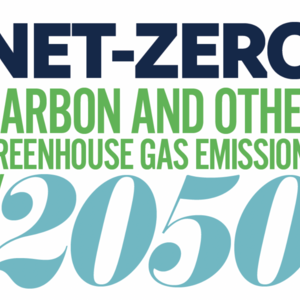
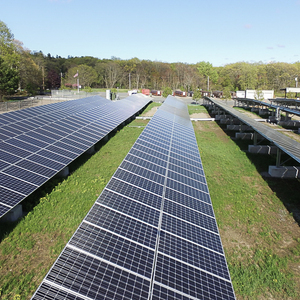

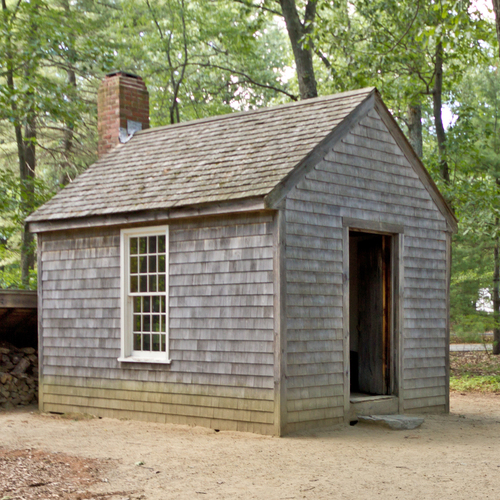



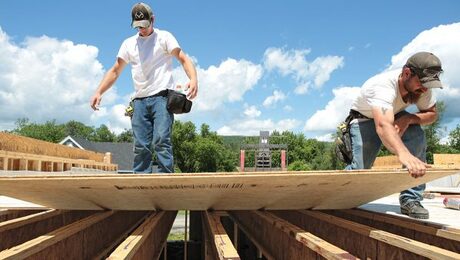

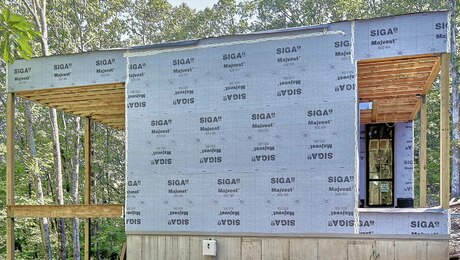
One Comment
I guess we have to take incremental wins when we can, though it seems absurd that the solution to rampant greenwashing is to codify a moderate level of greenwashing that ignores the inconvenient issues of upfront emissions, refrigerant leakage, and end of life emissions... This could have easily been avoided with more accurate terminology like Zero Operational Energy Emissions (ZOEE as an acronym) then save the Zero Emissions Buildings terminology for a more stringent standard instead of hoping that it will be made accurate in a phase 2.
Log in or create an account to post a comment.
Sign up Log in